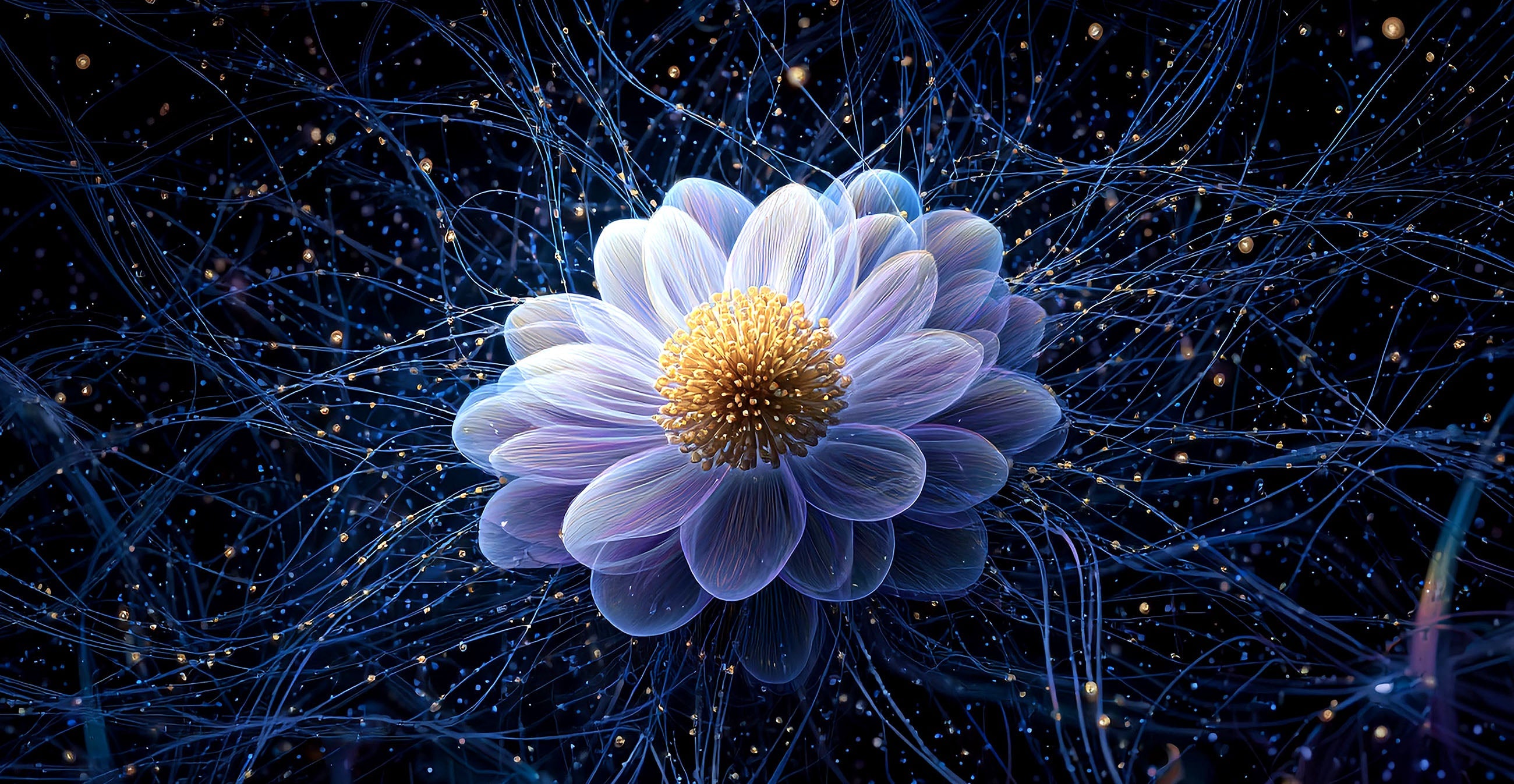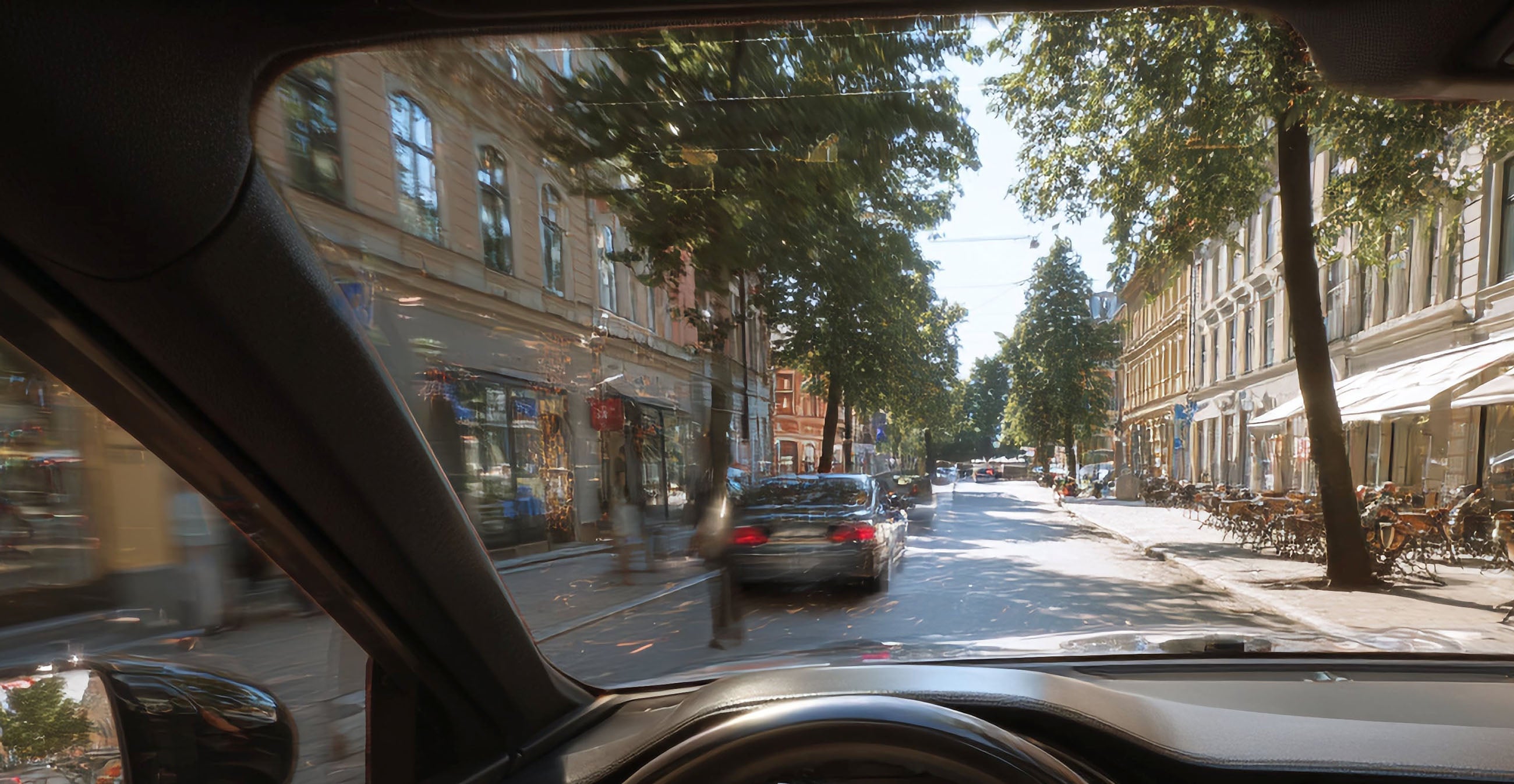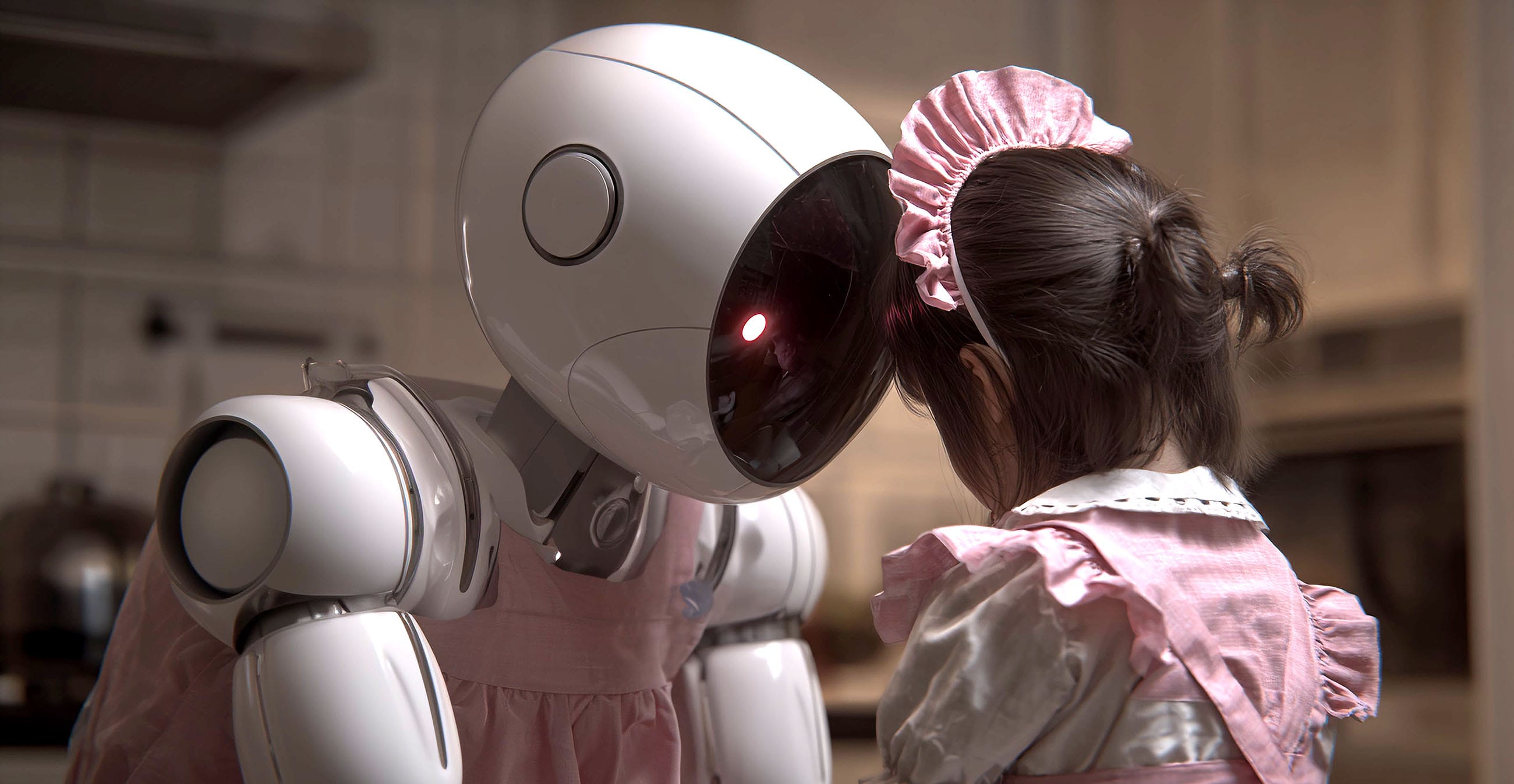What if technology didn’t just see the world—but felt it? What if it whispered back to us, not in cold code, but in a language of empathy and wonder? Since 2020, Project Aria has been a quiet revolution, threading the needle between human experience and machine brilliance. Today, with the unveiling of Aria Gen 2 glasses, Meta invites us to listen closer—to a melody of innovation that hums with possibility, resonating across AI, robotics, and the very essence of connection.
Aria Gen 2 is no mere evolution; it’s a crescendo. It’s the moment the curtain lifts, revealing a stage where machines don’t just observe—they dance with us. Researchers now hold a prism through which to refract the chaos of existence into patterns of meaning: egocentric AI that sees through our eyes, robotics that move with our intent, and accessibility solutions that sing with purpose.
At its core lies a symphony of sensors: an RGB camera painting the world in vivid hues, 6DOF SLAM cameras mapping every step, eye-tracking lenses tracing our curiosity, and spatial microphones catching the faintest echoes. Then there’s the unexpected—a PPG sensor nestled in the nosepad, feeling the pulse of life, and a contact microphone tuning into the wearer’s voice amidst the noise. This isn’t just hardware; it’s a chorus of perception, harmonized by Meta’s custom silicon for on-device brilliance—SLAM, hand tracking, speech recognition—all unfolding in real time, with the grace of ultra-low power.
Weighing just 75 grams, with arms that fold like a secret kept close, Aria Gen 2 hums along for six to eight hours—long enough to chase a sunrise and dream beneath the stars. Its open-ear speakers weave audio feedback into the air, a quiet conversation between wearer and world, crafting a prototype of what’s to come.
For a decade, Meta’s Reality Labs and FAIR AI teams have sculpted this vision, chiseling away at the marble of possibility to reveal the next computing frontier. Now, through Project Aria, they share this masterpiece with the world’s dreamers—researchers in labs and garages alike—inviting them to paint their own strokes on this vast canvas. The ripples are already felt: the Ego-Exo4D dataset from Aria Gen 1 has lit sparks in computer vision and robotics, guiding humanoid helpers at Georgia Tech and fueling BMW’s vision of smarter, augmented roads.
Yet, the soul of Aria Gen 2 shines brightest in its humanity. It’s a lantern for those navigating in shadow—first lit by Carnegie Mellon’s NavCog project with Aria Gen 1, guiding blind and low-vision souls through indoor labyrinths. Now, Envision picks up the flame, blending Ally AI with Aria’s spatial audio and SLAM to compose a new rhythm of independence. Picture it: a world where every step forward is a note of freedom, played through technology that doesn’t just assist—it understands.
This is more than a device; it’s a philosophy—a belief that the future isn’t a distant shore, but a song we’re already singing. In the months ahead, Meta will unveil how researchers can join this chorus, with updates for those ready to step into the harmony. Sign up, listen closely, and let Aria Gen 2 be your instrument.
The world is a symphony, and we’re all composers. With Aria Gen 2 resting lightly on your face, what melody will you write? The baton is yours—lift it, and let the future resound.

Aria Gen 2: Pioneering AI and Robotics Innovation
3 min read
K. Glissando




